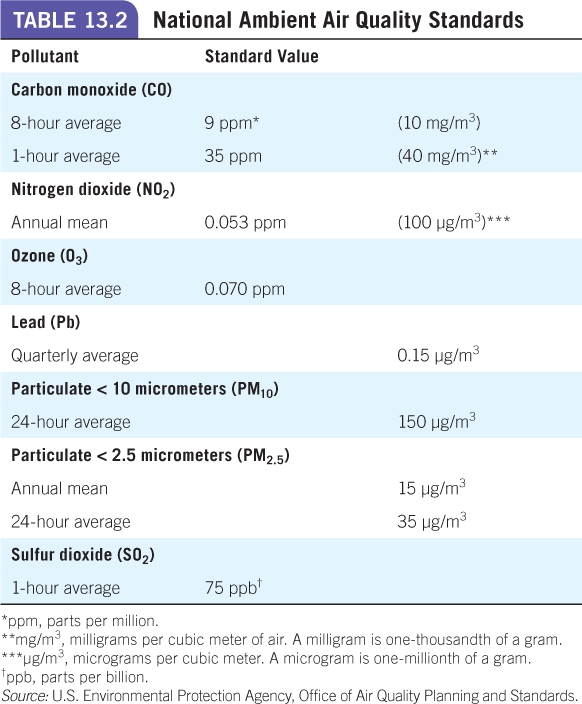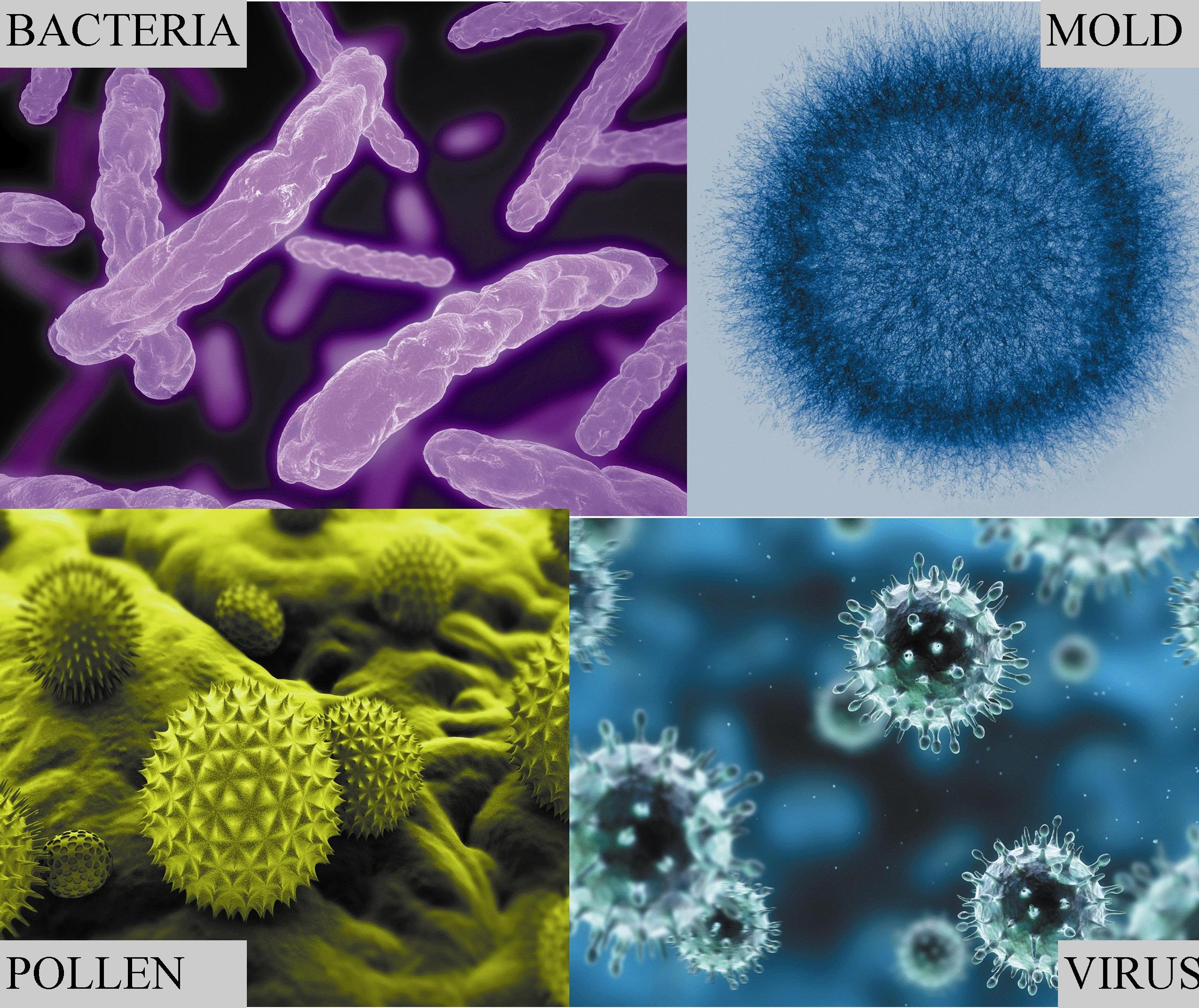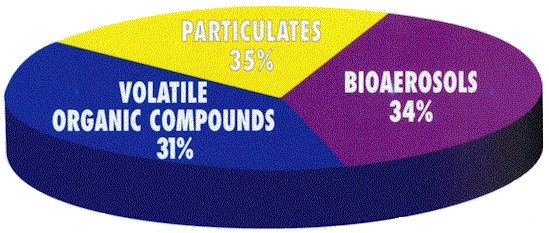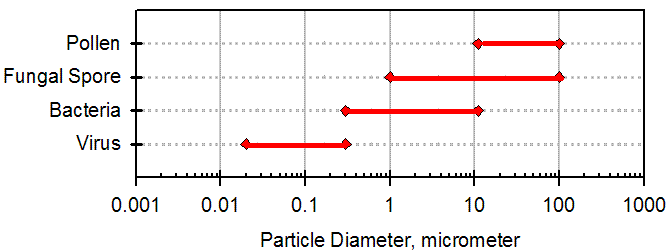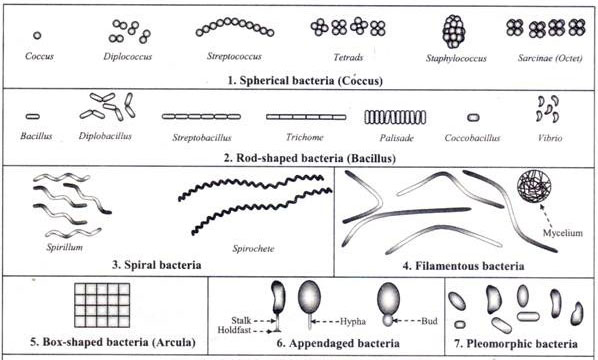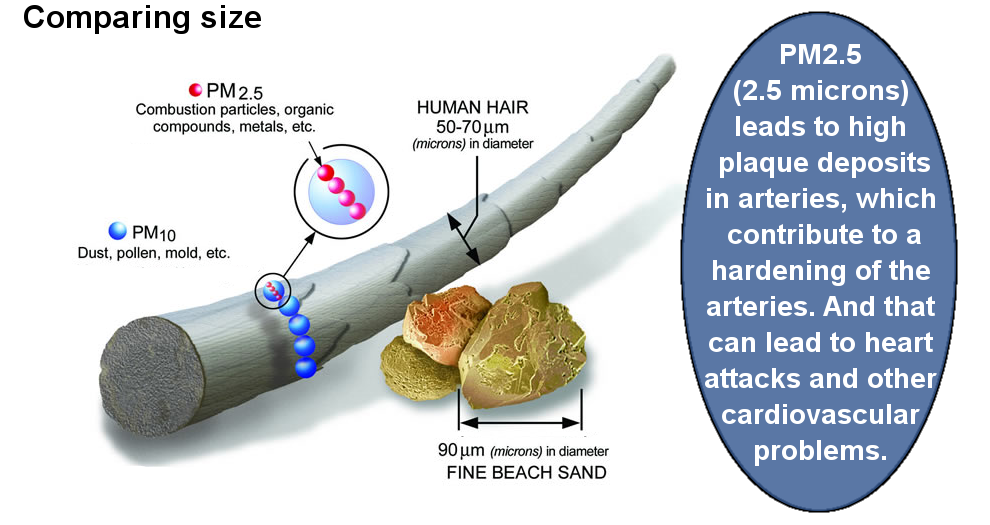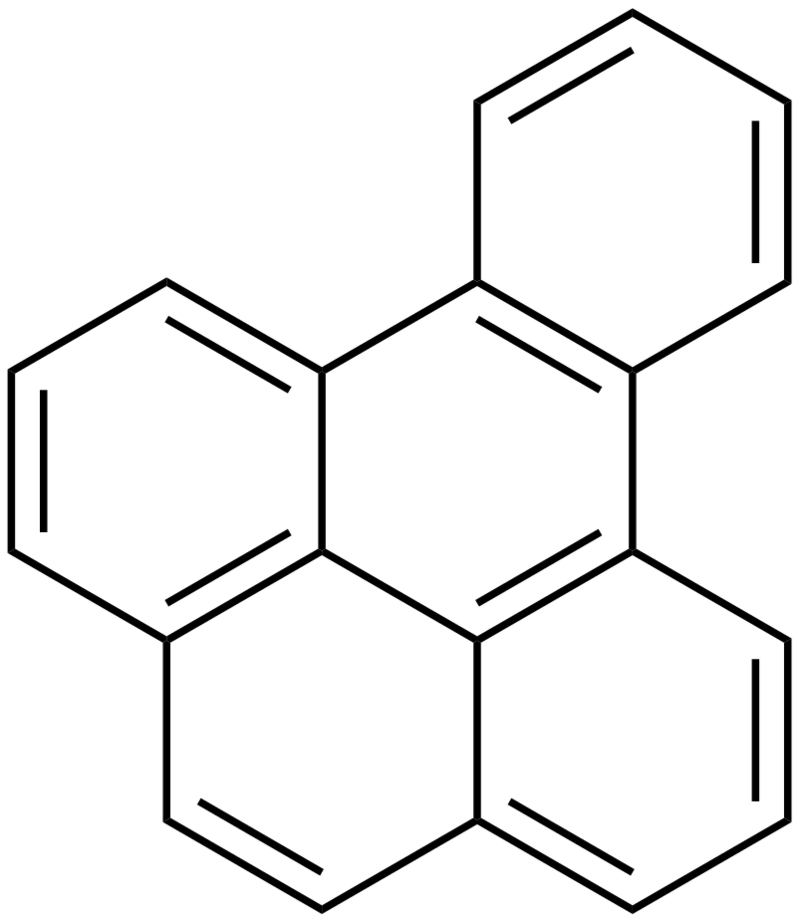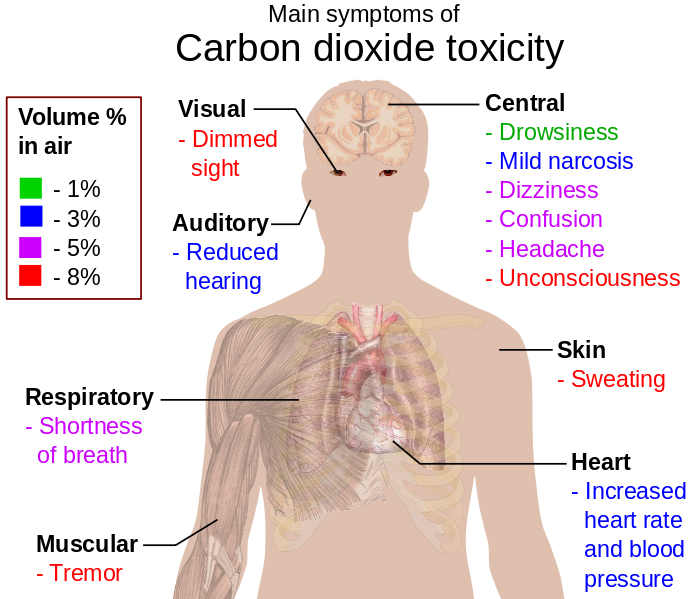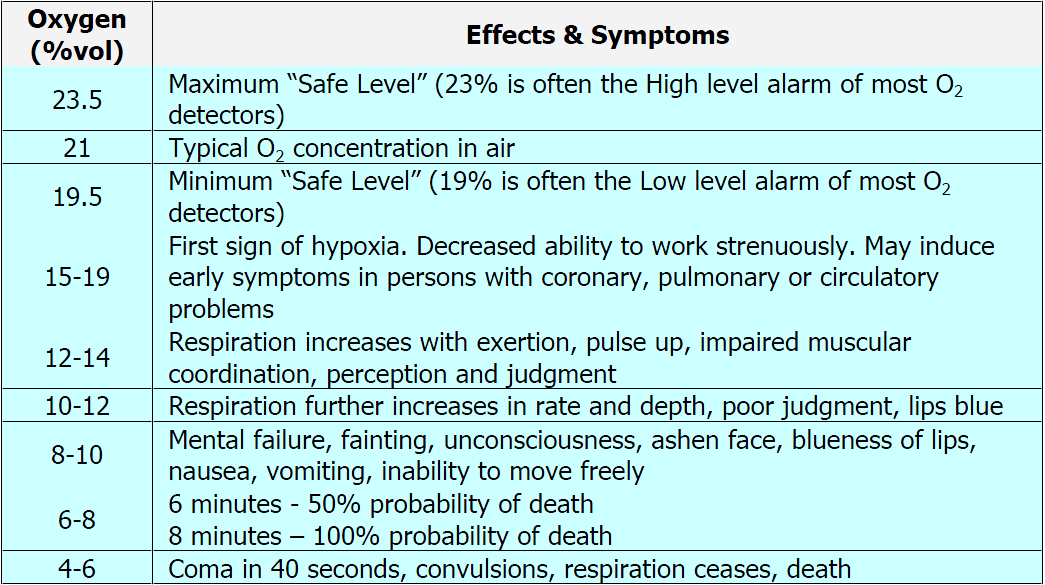Dallas Green Building Clearance IAQ Testing for the 804.2 Ordinance 214.912.4691
Nearly a decade ago, Dallas established an Indoor Air Quality test for new and renovated buildings which pertain to the VOC levels and general indoor air quality in accordance with Ordinance 804.2 for Post Construction & Pre-Occupancy Baseline IAQ Testing.
Originally it was much more complicated to perform, but later the ordinance was amended to having VOC (Volatile Organic Compound) levels at less than 500 micrograms per cubic meter ( < 500 ug / m^3) using ASTM D5197, ASTM D5466, ASTM D6196, ASTM D 6345, or ISO 7708 standards.
NEED A DALLAS GREEN BUILDING CLEARANCE AIR TEST QUOTE?
Please provide the following information:
- Physical address of the site including Suite # if applicable
- Square footage and number of floors
- Nature of the facility (office building, restaurant, etc.) and the Name so it can be more easily located upon arrival
- How soon you need the survey
- How far along the construction is as far as the punch list is concerned. This is IMPORTANT because if you only have half the electrical working, no HVAC, the place is swarming with subcontractors then performing the test may be impossible
- Who will be onsite as certain kinds of work (sanding, drilling, etc. ) can either interfere with the results or impede the ability to assess the indoor air quality. It would be unfortunate to be charged twice because some of the above was overlooked. See below for more tips.

Dallas Green Building Clearance Post-Construction IAQ Testing 804.2
TIPS TO PASSING THE DALLAS GREEN BUILDING INDOOR AIR QUALITY CLEARANCE TESTING 804.2:
- Use low-VOC paints and in cases where you have to use oil based paints and stains, try to do those earlier in the construction phase so that they have more time to outgas.
- When it is warmer outside, run the HVAC system to help flush the air (particularly if you are able to dilute it with makeup air) and / or keep at least two doors that are diagonal from each other in the facility to create a cross draft through the building. Depending on what phase of construction you are in, how easy it is to access the building, the local neighborhood, etc. it is good to balance this with necessary physical security measures to protect your workers and the property.
- When it is cooler outside, running the HVAC on heat can help as well. In general, outgassing happens faster the WARMER and DRIER the air.
- In rooms that have heavier use of epoxy paints, stains on wood, oil base on trim or other strong odorous solvents, keep the doors open when possible to assist in flushing out the room.
- Time the survey so that you have the best chance of passing. If it has been a few weeks or more since the finish out, the chances are very good.
We work with the following list of Dallas Green Third Party Building Providers: (latest update April 2020)
Dallas Green Building Clearance City Hall List of Green Third Party Providers June 2021
Dallas Green Building Clearance List of Third Party Green Providers
https://indoorairqualitytestingdallas.com/tag/dallas-green-building-clearance/
Originally it was much more complicated to perform as shown in the above chart, but later the ordinance was amended to having TVOC (Total Volatile Organic Compound) levels at less than 500 micrograms per cubic meter. ( < 500 ug / m^3)
International Green Construction Code 804.2 with Specific Indoor Air Quality and Pollutant Control Measures (note that in Table 804.2 only TVOC is used for Dallas compliance)
Dallas Green Ordinance Clearance IAQ Guidelines 804.2 NEW IGCC 2012 PDF Format
https://codes.iccsafe.org/content/IgCC2015/chapter-8-indoor-environmental-quality-and-comfort
https://indoorairqualitytestingdallas.com/tag/dallas-green-building-clearance/
AISD Indoor Air Quality Requirements PDF Format
NWISD IAQ DIV 23 Specs PDF Format
Huckabee SECTION 01 5719 – INDOOR AIR QUALITY CONTROLS PDF Format
WHO OR WHAT COMPANY DOES INDOOR AIR QUALITY TESTING NEAR ME?
ScanTech Technical Consulting provides certified indoor air quality testing for commercial clients in the Dallas – Fort Worth Texas area detect and measure harmful contaminants. Call 214.912.4691
WHO OR WHAT COMPANY DOES DALLAS GREEN BUILDING INDOOR AIR QUALITY CLEARANCE TESTING NEAR ME?
ScanTech Technical Consulting provides certified indoor air quality testing in the Dallas Texas area for commercial clients to help pass the Dallas Green Building Clearance Code 804.2 for a Certificate of Occupancy. Call 214.912.4691
LARGER COMMERCIAL PROJECT SERVICE RANGE – NATIONAL & INTERNATIONAL
Alabama | Alaska | Arizona | Arkansas | California | Colorado | Connecticut | Delaware | Florida | Georgia | Hawaii | Idaho | Illinois | Indiana | Iowa | Kansas | Kentucky | Louisiana | Maine | Maryland | Massachusetts | Michigan | Minnesota | Mississippi | Missouri | Montana | Nebraska | Nevada | New Hampshire | New Jersey | New Mexico | New York | North Carolina | North Dakota | Ohio | Oklahoma | Oregon | Pennsylvania | Rhode Island | South Carolina | South Dakota | Tennessee | Texas | Utah | Vermont | Virginia | Washington | West Virginia | Wisconsin | Wyoming | Washington D.C. (District of Columbia)
Countries include the United States, Canada, Australia, New Zealand the United Kingdom (England, Scotland, Wales, Ireland) and Western Europe.
*LEGAL NOTICE*
All information on this website either written or implied is the express opinion of ScanTech Technical Consulting. ScanTech Technical Consulting and it’s owners are not responsible or liable for any damages arising from the misuse, misinterpretation or other consequences of the content of this website either in part or in whole. This includes all external weblinks, PDF documents, photos or other references (informational or otherwise) to 3rd parties including government agencies, health organizations, etc.
15770 Dallas Parkway Suite 900 Dallas, TX 75248 (Not Accepting Visitors due to C19)
Phone: (214).912.4691 http://www.emfsurvey.com
ScanTech Technical Consulting: Professional Electromagnetic EMF Biomedical Implant & Equipment Indoor Air Quality Testing & Environmental Inspections
COPYRIGHT 2002 – 2022


